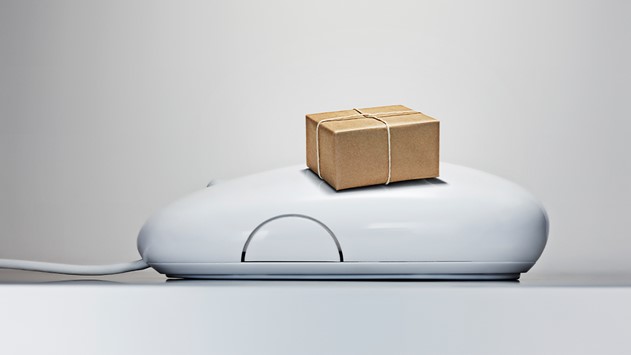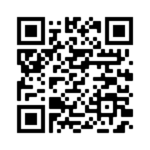
Covid restrictions are lifting in some parts of the world and the economy is booming in some sectors. Some labor and material costs are rising due to shortages, as is customer demand. Many brands have high pricing power at the moment, making price hikes almost inevitable. Brand managers may be clued in on the size of their price increase, but it’s no easy matter to communicate this unwelcome news to customers.
Many companies, and even entire industries, routinely raise prices without ever telling customers. In the consumer packaged goods space, for instance, it is common practice to reduce quantity (the grammage of a package, item count, etc.) and maintain the price. This increases the per-unit amount paid by shoppers but keeps the more visible package price unchanged. Alternatively, brands may cut down on trade promotions, couponing, and other forms of discounting, raising prices indirectly. For instance, when faced with a shortage and soaring prices for chicken, KFC recently removed in-store promotions for its crowd-pleasing $30 fill-up bucket.
However, these below-the-radar options are unavailable for products sold with subscriptions, leases, or contracts. In these cases, the manager must communicate to customers that prices have increased before the next billing cycle. This task is mined with pitfalls. When performed poorly, the news can lead to undesirable outcomes like customer complaints, social media outrage, and even worse, having to walk back the price increase, or losing customers altogether.
To avoid such fiascos and to blunt customer resentment, here are three actions that managers should take when communicating a price increase. They are backed by evidence found in academic research and my own experiences working with companies.
Call the action a price increase, not a price adjustment, a price change, or another euphemism.
In emails and letters to customers, well-loved brands such as Netflix, Microsoft, Sling, and YouTube TV have all referred to a price increase as “updating price” or “adjusting price” in the past. This is common practice because managers are naturally reluctant to tell customers they are raising prices. While this may seem like a small thing, euphemistic messaging can cause serious harm, fraying the relationship with loyal customers. Decades worth of consumer psychology research has consistently found that attempts to obfuscate bad news rarely pay off for brands. Customers know that brands are trying to influence their opinions and behavior and appreciate it when they use helpful, transparent, and informative influence methods.
Authenticity and honesty matter to customers, especially for bad news. When a brand uses a euphemism to convey a price increase, it does not distract customers or dilute the negative impact of the news, as managers may believe. Instead, it arouses suspicion, making recipients more vigilant and critical of the information contained in the announcement. Some customers may interpret the euphemistic phrasing as talking down to them. It may stoke indignation in others, leading to venting on social media and the potential to snowball into widespread anger. Even customers who are on the brand’s side may feel that they are being deceived or patronized. Where communicating price increases, it is best to call a spade a spade.
Explain the reasons for the price increase clearly.
When it comes to communicating a price increase, many otherwise confident managers become reticent and shaky. They see this as an unpleasant task to be gotten over with a minimum of fuss and attention – and detail. Consider this announcement from a major software company:
“[Brand] periodically assesses its pricing to ensure reasonable alignment with the needs of customers, partners, and the marketplace, and may make changes in response to that assessment and feedback. Effective [date], the annual price of [the product] will change from [$X to $Y].”
For years, the company has used the same cookie-cutter explanation to communicate price increases of different products it sells in markets around the world. At best, the brief explanation is baffling. At worst, it will alienate customers. Another problem with the message: using the third person instead of “we,” reinforcing the lack of empathy conveyed by the rest of the announcement.
Research shows that after the size of the price increase, the perceived fairness of the motive for it is the second-biggest driver of how customers react. The prospect of inflation, widespread shortages, rising input costs, and the return to normalcy after the pandemic are on everyone’s mind these days. Under such circumstances, when customers receive word that the brand’s price is increasing, it simply confirms what they’ve been expecting. It is worth making the effort to craft a short and forthright explanation for why the brand is raising prices.
Link the price increase to a customer-centric value narrative.
The most effective price increase communications are customer-centric. They provide a value narrative — a vivid and compelling story for why the price is being increased that focuses on customer value. As an example, when United Airlines raised prices of its United Club membership, the company provided this explanation:
To provide a more productive and relaxing experience, we’re investing more than $100 million in renovating existing locations and building new spaces with expanded seating areas, more power outlets and upgraded Wi-Fi. We’re also investing in a brand new complimentary food menu that you can now find at most of our hub locations across the U.S. and will be available soon at the rest of our locations.
This explanation tells United Club members that prices are increasing to give them more benefits they’ve been asking for. A compelling value narrative establishes the sequence of actions for the price increase. It starts with customer feedback, then leads to identifying unmet needs, is followed by a significant investment by the brand, which results in new features, and finally culminates in the delivery of benefits that customers value.
As the United Airlines communication illustrates, the value narrative is concise — only a few sentences long. But it provides a credible explanation for the price increase that resonates with core customers. Most importantly, it places the customer at the center of the price increase story, linking the price increase to substantial added customer value. A well-crafted value narrative conveys to customers that the brand has undertaken the effort to understand how its customers derive value and factored this knowledge into the pricing process.
A value narrative can be effective even when the price increase is predominantly due to an increase in input costs. In such cases, telling customers that the brand can only continue to provide the current level of benefits if it raises the price, and is choosing to do so rather than degrade the product’s quality is a powerful argument. It reinforces the brand’s values to the customer. Such a value narrative works in the same way as the renewal of wedding vows, as an opportunity to remind customers why they started the relationship with the brand in the first place.
The crux is that managers should approach the unpleasant task of communicating a price increase to customers with the same degree of sincerity, attention to detail, and customer focus that they bring to other brand-building projects like introducing new features or extending product lines. Such effort will be rewarded with a price increase that sticks and customers that feel like valued partners of an authentic brand with their interests in mind.
